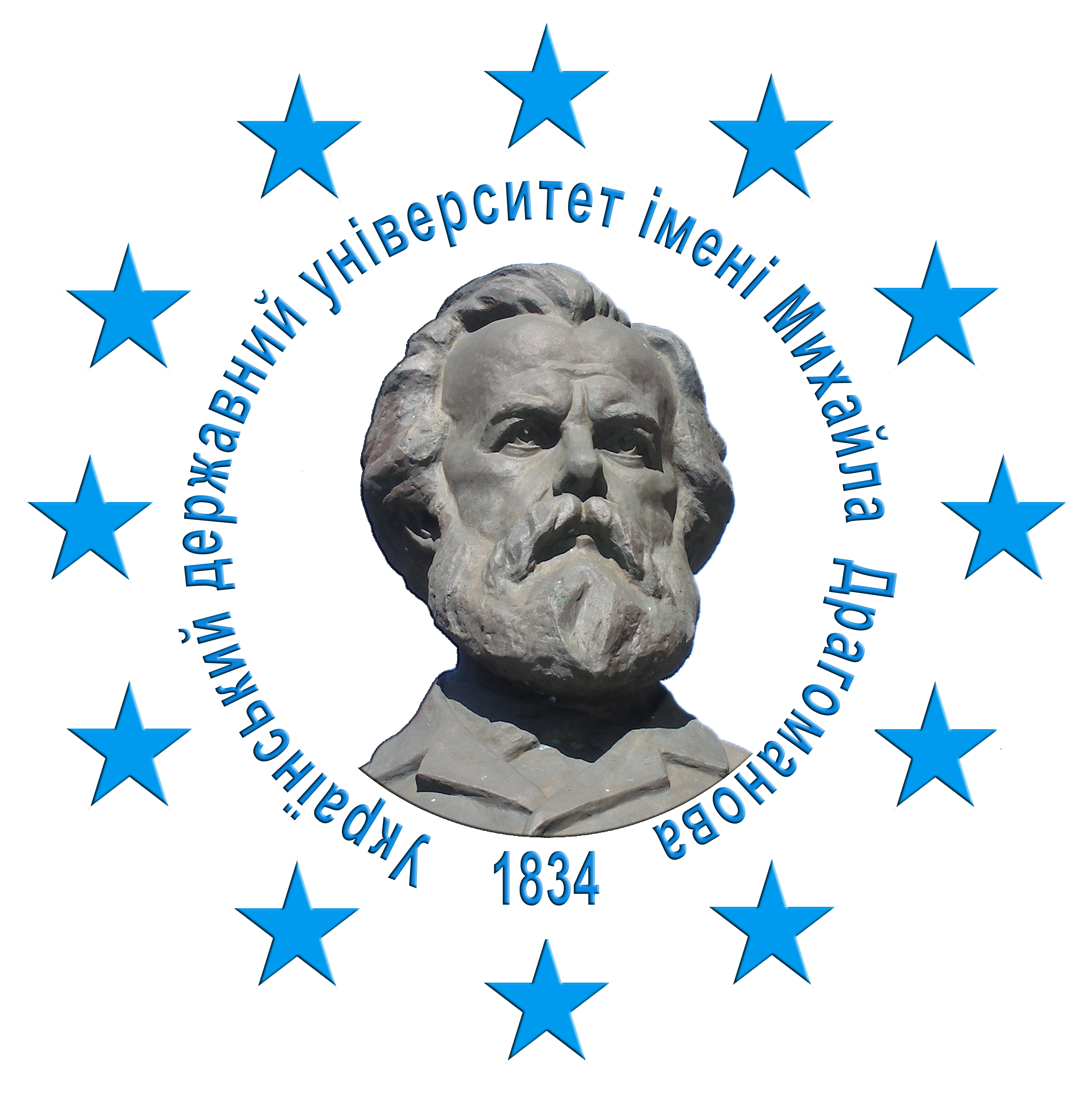THE LATEST RESEARCH OF THE MOUND NECROPOLIS OF CHERNIHIV OF THE RUS PERIOD
DOI:
https://doi.org/10.31392/cult.alm.2023.4.12Keywords:
Chernihiv, Old Rus period, burial, barrow, burial mound, SuburbAbstract
During the last decade, a significant amount of archaeological research was carried out on the territory which belonged Chernihiv during the Rus period. One of the result of these works was the discovery of two dozen burials, which can be interpreted as burial mounds. The purpose of the publication is to highlight the newly discovered burial complexes, their dating and territorial localization relative to the already known parts of the Chernigov cemetery of the 10th-11th centuries. The methodological basis of the research is the principles of historicism and objectivity. Used methods of analysis, synthesis, induction. The scientific novelty of the publication lies in the systematization and localization of the newly discovered barrow burials and the characteristics of the complexes relative to the territory on which they were located. Also, the necessity of this publication is caused by the fact that the last time newly discovered barrow burials were a separate subject of research in scientific work at the beginning of the 21st century, and there was a necessity to highlight new objects. Conclusions: The barrow burials discovered during 2013–2022 located on the territory of the historical Suburbs and outside its boundaries in the vast majority reproduce the syncretism of pagan and Christian rites characteristic of the local population. Burial mounds within the city were destroyed when when the territory was developed by citizens during the end of the 11th and 12th centuries, which negatively affected the preservation of the complexes. In a third of cases, the remains of the mound were recorded only by the presence of ditches, and the grave itself was not traced. Persons buried in small and medium-sized barrows that were discovered during the specified time period did not belong to the ruling elite. Only two graves can be associated with warriors, and most of the inventory burials are interpreted as female. In general, the analysis of the newly discovered burial complexes helped to expand the understanding of the topography and time of formation of the Chernigov burial mound.
References
«Історико-архітектурний опорний план м. Чернігова з визначенням меж і режимів використання зон охорони пам’яток та історичних ареалів»: Про охорону культурної спадщини. Додаток 1 Опис об’єктів археологічної спадщини. (2019). Київ: Інститут культурної спадщини. 138 с.
Казаков А. Л., Рижий В. В., Булах О. Б. (2019). Науково-рятівні дослідження в Чернігові у 2015−2018 рр. І Всеукраїнський археологічний з’їзд: матеріали роботи. № 1. С. 489−494.
Моця О. П., Жигола В. С., Скороход В. М. (2019). Результати досліджень Чернігівського Передгороддя в 2018 році. Археологія. № 2. С. 114−123.
Моця О. П., Жигола В. С., Скороход В. М. (2022). Дослідження могильника ХІ—ХІІ ст. у Чернігові. Археологія та давня історія України. № 2. С. 297−309.
Моця О. П., Скороход В. М., Жигола В. С., Ситий Ю. М. (2023). Дослідження на передгородді в Чернігові у 2022 р. Археологія. № 3. С. 109−123.
Ситий Ю. М. (2013). Християнські поховальні пам’ятки давньоруського Чернігова. 272 с.
Шекун О. В. (2007). Нові дослідження чернігівського курганного некрополя. Чернігів у середньовічній та ранньомодерній історії Центрально-Східної Європи: Збірник наукових праць, присвячений 1100-літтю першої літописної згадки про Чернігів. С. 106−119.








